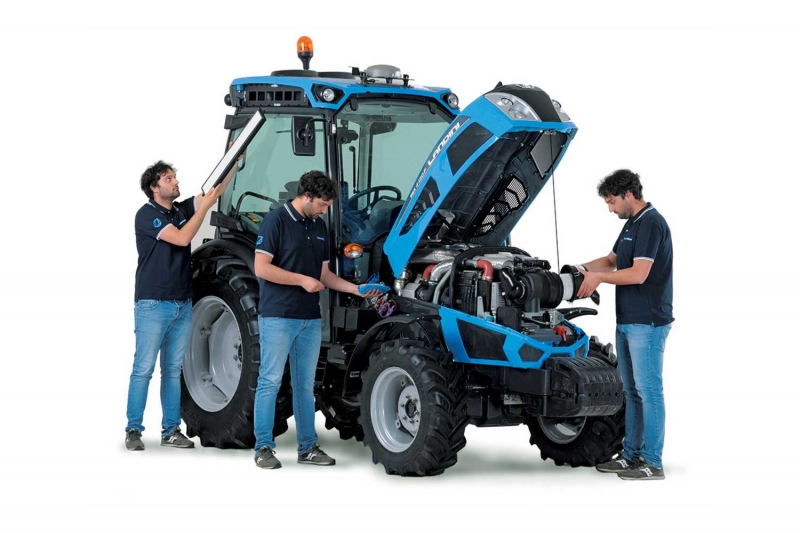Main points of tractor's maintenance

If you keep a tractor properly and clean, it will serve you for many years. There are some specific differences between the operation of a tractor and other vehicles. In addition, because there are many different types and brands of tractors, there is no single technical instruction that applies to all types of tractors everywhere. However, following some steps will help you. Read the user manual of the tractor carefully. The manufacturers provide specific instructions on the basic maintenance of your equipment, as well as the experience to give you the best advice on how to do it. Here are some things to look for in a user guide:
- Take a look at the maintenance schedule. It shows routine repair breaks, including underbody, engine, transmission lubrication and hydraulic oil change, filter change and other technical issues. Pay attention to the information about the features. Here you will find technical information on gears, hydraulic systems, brake and coolant types, and related strengths and more. Also, tire pressure, traction torques and other information are recorded in the specifications or on other pages of the book. The location of oil points (oil fittings), instructions for cleaning l Düzgün alətləri seçin və onları alıb qarajınızda mütləq saxlayın.
- Choose the right tools and be sure to buy and keep them in your garage. Tractors require different pliers and other tools, keys of different sizes than are common in car maintenance, so it is very important to have such tools in your garage.
- Protect the tractor from harmful elements. Small agricultural and horticultural tractors do not have a cabin to protect the seat, tools and metal parts, so it is better to keep it in the barn or garage. If this is not possible, the exhaust system should be tightly closed after each use and protected from rainwater as much as possible. It is enough to cover the seat and control panel with nylon cellophane.
- Check the fluid level regularly. Tractor use is tracked for hours, not kilometers, so service life can vary and defective parts must be found and intervened in a timely manner. Refer to the user manual for fluid testing. Check the engine oil, check the gearbox oil, check the radiator cooler, check the hydraulic oil, check the electrolyte in the battery.
- It is important to always keep an eye on tire pressure. Due to its shape, low tire pressure is not always obvious. The rear wheels normally have a pressure between 12 and 20 PSI, while the front wheels can have a pressure of up to 32 PSI. The rear wheels of agricultural tractors should be filled with balance, especially where traction is required. Generally, this balance consists of water containing antifreeze solution.
- Belts and hoses in tractors are similar to the vessels in the human body If your tractor is equipped with a hydraulic system, it has high-pressure hoses or pipes, and breakage in these fluid channels can cause component failure (hydraulic pump), steering loss or other problems. If a hose (or belt) appears damaged, worn, or cracked, replace it immediately. If the fittings or connections leak, tighten or replace the gaskets. Lubricate the brake system well and make sure the brakes are properly adjusted. The brakes are located on the rear axles and operate independently of each other, so they are used to steer the tractor from tight corners or change direction. The brake pedals are locked before departure to prevent the tractor from turning during high-speed movement.
- Look at the meters, monitor the temperature and tachometer. The temperature should be within the normal operating range, but if the meter shows that the temperature is above 100 degrees Celsius, then it is too hot. The oil pressure in the diesel engine should be between 40 and 60 PSI. Diesel engines are designed to run at lower speeds and torque than gasoline engines, so it is not recommended that the engine overheat or run at maximum speed.
- Check filters regularly. Most systems in tractors are equipped with filters against dirt, water or other contaminants that can cause component failure. Check the fuel filter for water. Because diesel fuel attracts moisture, most diesel engines have a water separation filter. Check the air filter frequently. Tractors are used in dusty environments and in some cases require daily or weekly cleaning of the filters. Clean the air filter with a vacuum cleaner, but never wash it. Replace the filter if it can no longer be cleaned properly or is damaged.
- Check the radiator screen. Tractors are used in conditions where sand and mud can fill the radiator, so often observe stability from the front screen to prevent plant material, insects or pollen from clogging the radiator.
- Lubricate your tractor well. Tractors have more moving parts than cars. If you see a moving part, look for and lubricate the appropriate lubrication point. Rub the oil from the point where you lubricate it until it starts to flow. Look for oil points on the steering parts, brakes, transmission connections, and three-way locking pins. Older tractors need special gearbox lubricants. The hydraulic system and rear axle assembly share the same fluid, and the use of the wrong fluid can cause serious damage.
- Most importantly, keep your tractor clean. This allows you to see damaged parts and leaks earlier, and you can see that the problems are caused by dirt.
back












